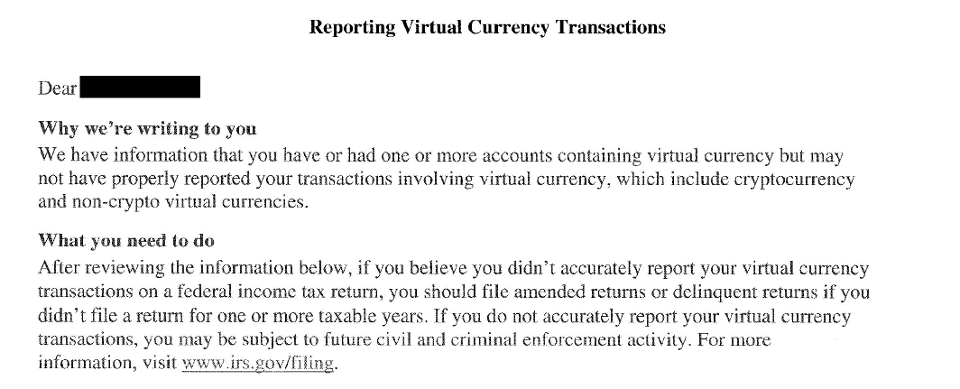The Crypto market has seen a dichotomy of change; on the surface, we’ve seen a drop in retail popularity and a general loss of hope in the Bitcoins of the world. But in the background, in parallel, a number of companies are developing institutional grade products that are going to change Crypto forever. We’ve outlined some of them in other articles here on Zero Hedge.
Our hope is that these projects will create a solid foundation that will foster institutional investment in Crypto. That’s the world we come from, the world we know – and when it happens it will legitimize Crypto.
CPI Tech, based in Germany, was founded by Marvin Steinberg & Maximilian Schmidt, two successful entrepreneurs with leading roles within the blockchain industry. The CPI Tech mission is to build the best possible solution for asset holders and companies by tokenizing the asset and to create a new and more advanced way for investors to invest in assets. Apart from creating highly scalable and rock-solid blockchain software, CPI Tech also specializes in creating extremely lucrative software for their clients to sell on autopilot - without them having to worry about IT, promotion, or marketing. CPI Tech handles all of the process, providing a full solution from A to Z.
What’s revealing about this is that they are targeting the enterprise, not the consumer. Let’s face it, Bitcoin was a consumer product, and a poor one at that. With clients like CEOs, Entrepreneurs, Pre IPO founders, and others – we’re seeing a new audience for Crypto which is no longer the tire kickers with $10 to their name. Bitcoin was cool and it provided the needed exposure to bring a real paradigm shift, but by itself, Bitcoin is not a store of value or an easy transactional currency. Try paying your employees in Bitcoin and see their reaction (Action Item).
And of course, we’re assuming that many of these new startup coins will have robust security solutions for their Crypto that are insured, such as we have recently written about in articles. There’s a simple reason that the Fidelity’s and the Schwab’s are not in the market: They are afraid of being hacked. So if that is now ‘solved’ as it says in the above article, then what are we waiting for? It’s not going to happen overnight, but it seems to be the beginning of the end of the Crypto-meltdown. New coins may be more stable and less exciting than Bitcoin, but also more credible and sustainable.
One can make many statements about the Crypto bubble but there’s one we can all agree with – It just wasn’t sustainable. There were too many fly by night ICO frauds, too many unscrupulous exchanges, too many projects that invested in marketing instead of R&D. Overall, we learned lessons but from the ashes we are seeing the rise of companies that may last 100 or 1000 years. Now, even banks are taking a deep look at Crypto:
Just as recently as March 2019, IBM announced 6 banks to issue stablecoins and use the Stellar XLM platform: Announced Monday, six international banks have signed letters of intent to issue stablecoins, or tokens backed by fiat currency, on World Wire, an IBM payment network that uses the Stellar public blockchain. The network promises to let regulated institutions move value across borders – remittances or foreign exchange – more quickly and cheaply than the legacy correspondent banking system. So far three of the banks have been identified – Philippines-based RCBC, Brazil’s Banco Bradesco, and Bank Busan of South Korea – the rest, which are soon to be named, will offer digital versions of euros and Indonesian rupiah, “pending regulatory approvals and other reviews,” IBM said.
As explained in Splitting Bits, the US Dollar has been used and traded electronically since the 1990s. So the idea of electronic currency is nothing new. What’s new is currencies are no longer created exclusively by central banks. Now many new currencies are being created almost on a daily basis. Many of them will fail, but the ones that survive the test of the markets, may be the next G8 currencies traded on the Forex market.
That means as banks are getting into Crypto so are all their clients and friends. Most people don’t know that IBM actually develops and maintains the hardware and software for a great majority of the banking sector. Their Cryptocurrency, Stellar, is a major player in the Crypto space. Although Stellar hasn’t received the media attention that Bitcoin has, it is being chosen as the underlying framework for many projects.
CPI Tech is making a plug-n-play solution for the enterprise. The ramifications for such use are astounding. Imagine for a moment if Bitcoin had the same momentum but with institutions behind it, not your small retail investors. It would really be transformative, just like Bitcoin originally promised. Perhaps one of the flaws of Bitcoin and it’s lack of success were the fact that it didn’t have the ecosystem attached to it. They didn’t make a development environment, or something similar to how Ethereum has ‘dapps.’
Companies such as Circle can offer more stable coins and Enterprise grade services. This will attract more investment capital into the companies like Circle offering these products, which will create a positive upward cycle (not a bubble.) In that case, and only in that case – we will see a real bull run and not a bubble. Here’s hoping!



